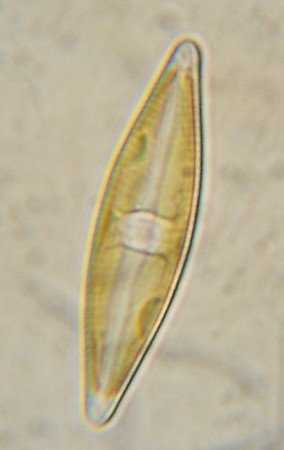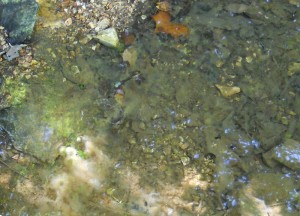
The TFS campus has an excellent ecological gradient. It starts at the hydrologic base-level, with the small, usually permanent, creek in the valley. Then the landscape ranges up, past a narrow but dense riparian zone to the anthropomorphic campus, then up a shrub-covered hillslope that transitions abruptly into the advancing, mature, forest of the hill-top nature reserve. My environmental science class is taking advantage of our geographic proximity by doing a year-long ecological survey project.
We’ve just started, this fall, on the stream and riparian zone. I asked each of them to identify and do some research on a single organism. They all chose some type of macro-organism: spiders, crayfish, flowering herbs (note: just because it’s called an herb does not mean it’s edible), mushrooms, and more. There’s quite a bit of biodiversity down there, although, with the creek just now coming back from our particularly dry summer, the fish are few and far between.

Since no-one chose to look for micro-organisms — even though I did suggest they were an important part of the ecology — I decided do so myself.
I found a loosely held together patch of algae, which I collected with the hope that it would harbor its own little microscopic ecological system. And it did. There were amoebas zipping around, the filamentous algae itself, and these little organisms that I can’t quite identify yet. T
hey may be desimids, but I’m not sure. They look slightly green, but I can’t see any clear chloroplasts (like these). I’ll try staining them tomorrow to see if I can identify any organelles.
